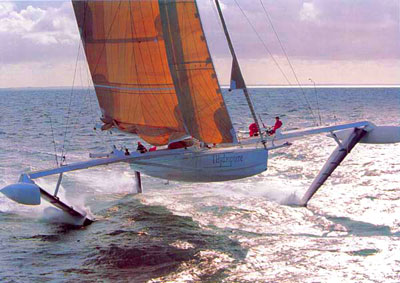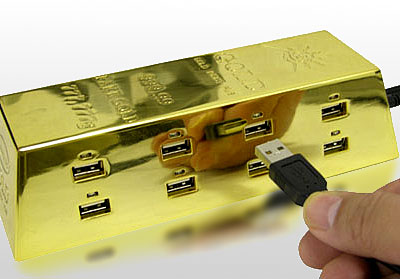
My
taxi duties to and from Lincoln have become less frequent, thanks to Brook and Sky sharing driving duties, with Cyan and Zak as passengers. However, this weekend Brook was exhausted from a college trip to London, so I made the trip on Friday night to pick them up.
Anyway, for playlist anoraks everywhere, here's what I/we listened to:
London to Lincoln: Soldier Man - Shack
Linger - Jonathan Brooke
Trash Can Fun - The Bran Flakes
Warm Panda Cola - The Boy Least Likely To
Dear John Letter (To the Devil) - Keith Green
Crash - Gwen Stefani
Word Up - Cameo
A Sweet Little Bullet From a Pretty Blue Gun - Tom Waits
Bullet in the Head - Rage Against the Machine
Me Plus One - Annie
Redwing - Hem
Land of Confusion - Genesis
In the Air Tonight (Ft. Phil Collins) - Tupac
Highway 49 - Yardbirds & Sonny Boy Williamson
From a Late Night Train - The Blue Nile
Shuckin the Corn - Lester Flatt & Earl Scruggs
Serious - Gwen Stefani
Keep Yourself Alive - Queen
At the River - Groove Armada
The Tide Is High - Atomic Kitten
Icebound Stream - Laura Veirs
Ice Ice Baby Vs the Real Slim - Eminem & Vanilla Ice
Robbery, Assault and Battery - Genesis
Sensitive Children - Mike Scott
Peace on Earth - U2
That's No Way to Treat a Girl - Marie Knight
We Won't Need Legs to Stand - Sufjan Stevens
Into the Deep - Kula Shaker
Laredo - Chip Taylor & Carrie Rodriguez
Window Licker - Aphex Twin
If You Ever (Featuring Gabrielle) - East 17
I'll Make It All Up to You - Jerry Lee Lewis
Mississippi - Pussycat
Prove My Love - Lucinda Williams
Duel - Propaganda
J for Jules - 'til Tuesday
Stood Up - John Hiatt
Delia - Spider John Koerner & Dave Ray
Cousin Chris - The Fiery Furnaces
You're Sixteen - Ringo Starr
Lincoln to LondonTake Me Back to Your House - Basement Jaxx
Generator - The Holloways
Dance Like a Monkey - New York Dolls
Mirror Mirror (Mon Amour) - Dollar
Rehab - Amy Winehouse
We All Stand Together (Frog Song) - Paul McCartney
I'm Shakin' - Rooney
Jump (For My Love) - Pointer Sisters
Stupify - Disturbed
A Town Called Hypocrisy - Lostprophets
Jolene - Me First & the Gimme Gimmes
Chirpy Chirpy Cheep Cheep - Middle of the Road
When You Were Young - The Killers
Rippy the Gator - The Arrogant Worms
Suspicious Character - The Blood Arm
Touchdown Turnaround (Don't Give Up on Me) - Hellogoodbye
Toop Toop - Cassius
Pump Up the Jam - Technotronic feat. Felly
Twins - Paul Evans
Reggae Merengue - Tommy McCook & the Supersonics
Once & Never Again - The Long Blondes
Goodnight Goodnight - Hot Hot Heat
Take a Chance - The Magic Numbers
Commercial Breakdown - The Sunshine Underground
Give Me Back My Heart - Dollar
Girlie Girlie - Sophia George
It's My Life - Talk Talk
The Mummy - Rod Mckeun
America - Razorlight
I Don't Feel Like Dancin' (Radio Edit) - Scissor Sisters
Sunshine, Lollipops, Rainbows - Lesley Gore
Idlewild Blues - Outkast
Become the Enemy - The Lemonheads
Rock Me Amadeus - Falco
Love It When You Call - The Feeling
I Can't Get Enough of You - Erkey Grant & the Eerwigs
Poison - Alice Cooper
The Twist - Fat Boys & Chubby Checker
Like a Pen - The Knife
This Pullover - Paul Evans
In My Head - Queens of the Stone Age
Pour Some Sugar on Me - Def Leppard
Johnny Came Home Headless - The Arrogant Worms
I'm a Hog for You Baby - Erkey Grant & the Eerwigs
------------































